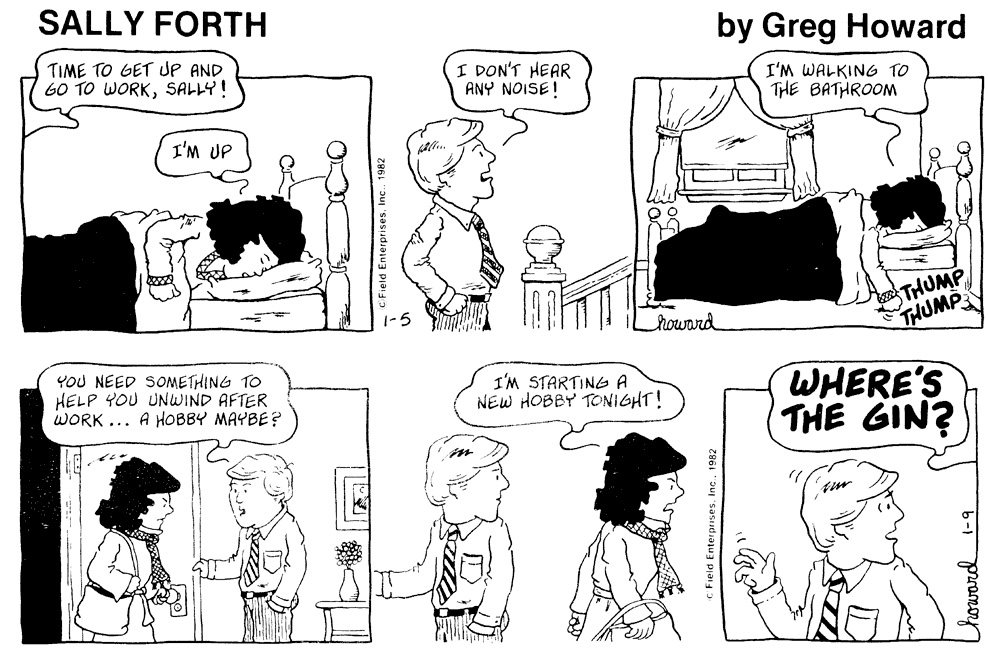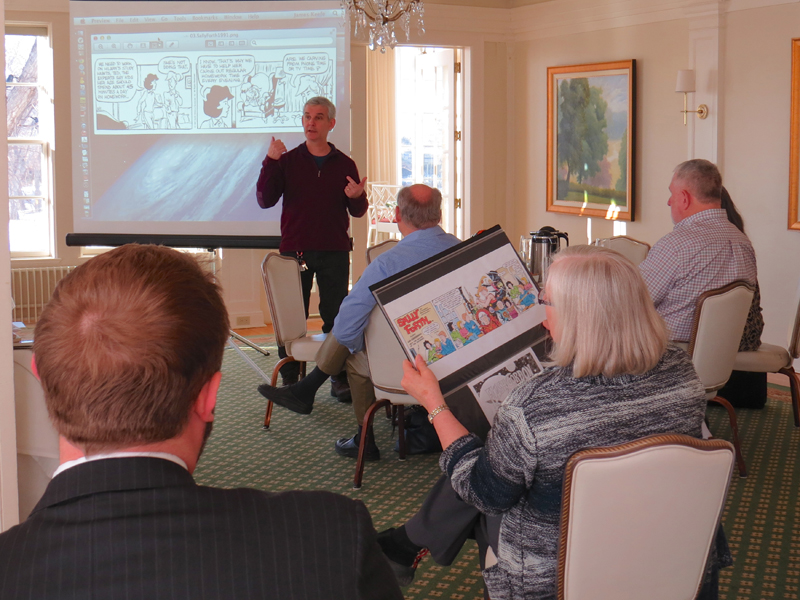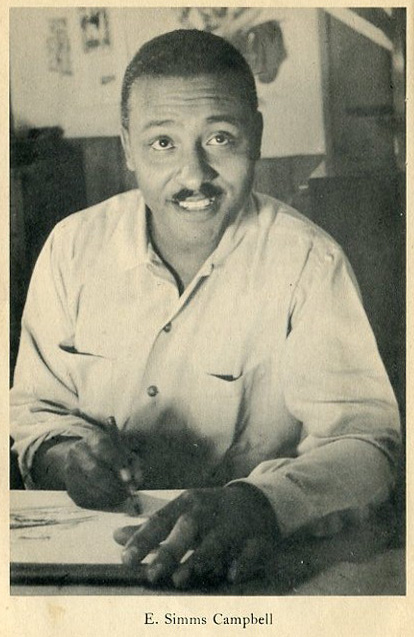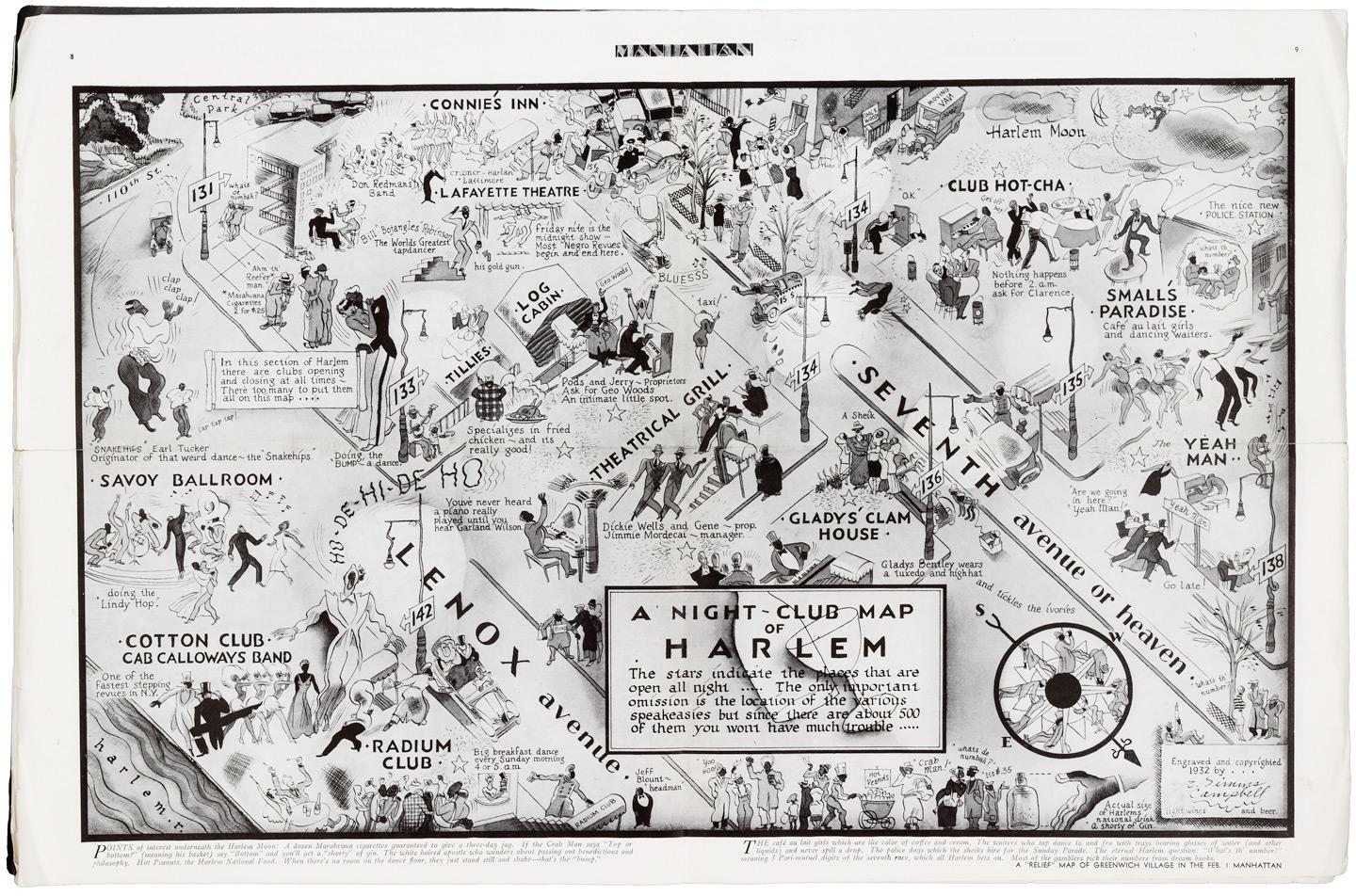The following is good advice from fellow Kubert School alum Mike Wolfer.
Originally posted on his Facebook page.
I’ve seen seeing quite a few stories and posts concerning “fan art/ homage art” and the legality of selling works featuring characters created by others. To all of the artists out there who have a talent for drawing and are thinking of setting up a booth at comic conventions (or on eBay, or Etsy, or Redbubble, or anywhere else), here’s some easy rules of thumb:
1. If you’re a comic pro and are selling prints of your art featuring a company-owned character, and you’ve made arrangements with or have the approval of that publisher to sell your prints, you’re good.
2. If the above applies, except you do not have the publisher’s approval, you may one day be faced with a lawsuit, as Ghost Rider creator Gary Friedrich experienced.
3. If you’re a “fan artist” and are creating original works, from your own layouts, of characters owned by others, and you’re doing commissions (i.e. you draw a single piece and sell that single, original piece to a collector), that’s generally okay.
4. If the above applies but you’re reproducing that art and selling art prints in quantity, you’re looking for trouble.
5. If you’re a “fan artist” and you’re directly tracing/swiping/lightboxing others’ work, right down to duplicating their unique and recognizable styles, and you’re hiding being the despicable dodge that it’s an “homage” and that it’s an original piece of art because you changed a few colors here or there… If I can walk up to your booth and look at your art prints featuring the work of others and easily detect 20 different artists’ works, then you need to close up shop. In fact, convention organizers should not even allow you to purchase a booth in which you’re selling mass-produced forgeries. If you’re selling these prints on eBay, Etsy, Redbubble, etc., then you need to be reported, and I would heartily encourage anyone and everyone to do so.
As an artist, if I saw my original work copied and reproduced by someone else as art prints on display at their booth, and if they were taking credit for the work that I created and were making money from it- Let’s just say that there would be immediate and quite public consequences.
I hope that clears things up.

UPDATE…
When it rains, it pours…
A recent post on Scott Shaw’s Facebook page.
I’ve been attending fan conventions since the World Science Fiction Con (WorldCon) in Berkeley, CA in 1968, so I’ve seen a lot of ’em. Lately, I’ve been noticing that at least 25% of the retailers’ floorspace at fan shows seems to be devoted to artists selling prints (for $5 to $20) of their work using countless famous characters that they don’t own and have never drawn professionally.
In an age where TeeFury can steal the concepts of others and sell T-shirts bearing immediately recognizable characters while using a loophole that keeps them out of court), I’d feel unethical selling prints of characters I’d never worked on. However, drawing prints featuring characters I have drawn professionally is merely self-promotion.
Commissions are original drawings for collectors and priced accordingly. But looking around the events I’ve been attending lately, I’m getting kinda sick of seeing vein-necked super-thugs, “sexy” female characters traced from porn photos and ADVENTURE TIME rip-offs. We get enough of those in mainstream comics drawn by professionals…which just shows how the lines of demarcation have become blurred like never before.
For more on the subject, check out former National Cartoonists Society President Tom Richmond’s take on this on his blog – Comic Con Print Hustlers.
Also his follow up, Parody and Copyright and Prints?


















